Wildlife Monitoring Program
Fauna monitoring programs aim to study the animal groups that occur in a given region over time, providing relevant information on their biology, behavior, abundance and diversity, among other data. Copel Geração e Transmissão carries out Fauna Monitoring Programs in accordance with the requirements of the environmental licensing process. In this context, it contributes to […]
Forest Compensation Program
The Forest Compensation Program was developed based on prior requirements for establishing planning and management of activities, seeking continuous improvement of the process, with the following objectives: To comply with legal regulations, Forest Compensation Programs and other requirements related to the allocation and/or forest recovery of areas that aim to compensate for the impacts of […]
Environmental Education and Communication Program

Environmental education and communication The characteristics of the projects and the social and environmental programs carried out by Copel are presented at meetings, when relevant or requested by the community. This interaction generates reports on compliance with the environmental licensing process. Also in compliance with the licensing process, the communities take part in environmental education […]
Riparian Forests
Copel has 9,700 hectares of Permanent Preservation Areas – PPAs around its reservoirs, which have been managed since 2005 by the Ciliar Forests Subprogram. In the implementation of hydroelectric power plants, with the filling of reservoirs, previously anthropized and altered areas become APPs, requiring actions to protect and restore the native vegetation cover. The objective […]
Wildlife Fauna Program in Facilities
The Wild Fauna in Facilities Program aims to diagnose possible problems related to the presence of wild fauna in Copel’s projects, such as the presence of bees, birds and reptiles. This program produces guidelines based on current legislation for the correct handling of animals and prepares the planning to enable any management actions that may […]
Solid Waste and PCB Management Program
Copel GET’s Environmental Management Program includes, among others, the Solid Waste Management Subprogram, developed in accordance with the National Solid Waste Policy and current legislation and standards, based on prior requirements for establishing planning and management of activities. The subprogram is aligned with the UN Sustainable Development Goals (SDGs), especially 03 – Health and well-being, […]
Ichthyofauna Monitoring Program
The Ichthyofauna Monitoring Program aims to continuously monitor fish communities (ichthyofauna) in water bodies related to projects under concession by Copel, identifying possible changes in the community over time, generating scientific information and guidance for management actions and meeting environmental conditions. This plan does not cover ichthyofauna monitoring related to compliance with the Basic Environmental […]
Water Quality Monitoring
Copel periodically monitors the quality of the water in its reservoirs, assessing the limnological conditions in the area of influence of the hydroelectric generation projects, with a view to ensuring legal compliance and multiple uses of the waters. In general terms, the monitoring of water quality in reservoirs is mainly guided by two Resolutions: ANA-ANEEL Resolution No. […]
Monitoring Program for Areas under Restoration
The main objective of the Monitoring Program for Areas under Restoration is to analyze environmental indicators that attest to the evolution and completion of forest restoration in permanent preservation areas around reservoirs and to meet forest compensation. By measuring and analyzing the indicators, it is possible to know when corrective actions are needed and when […]
Plant Suppression Monitoring Program
For the implementation and operation of some of Copel’s projects, vegetation suppression is necessary. In order to ensure that the suppression occurs with the greatest possible mitigation, in accordance with the requirements of the environmental licensing process and that it remains restricted to authorized areas, the Plant Suppression Monitoring Program is executed. This Program aims […]



